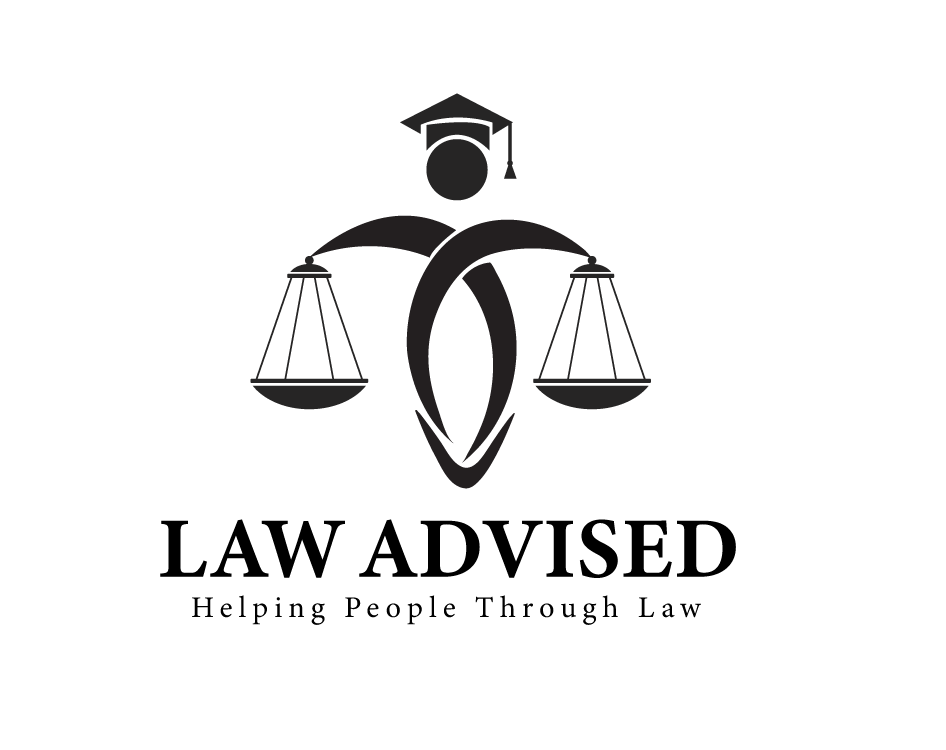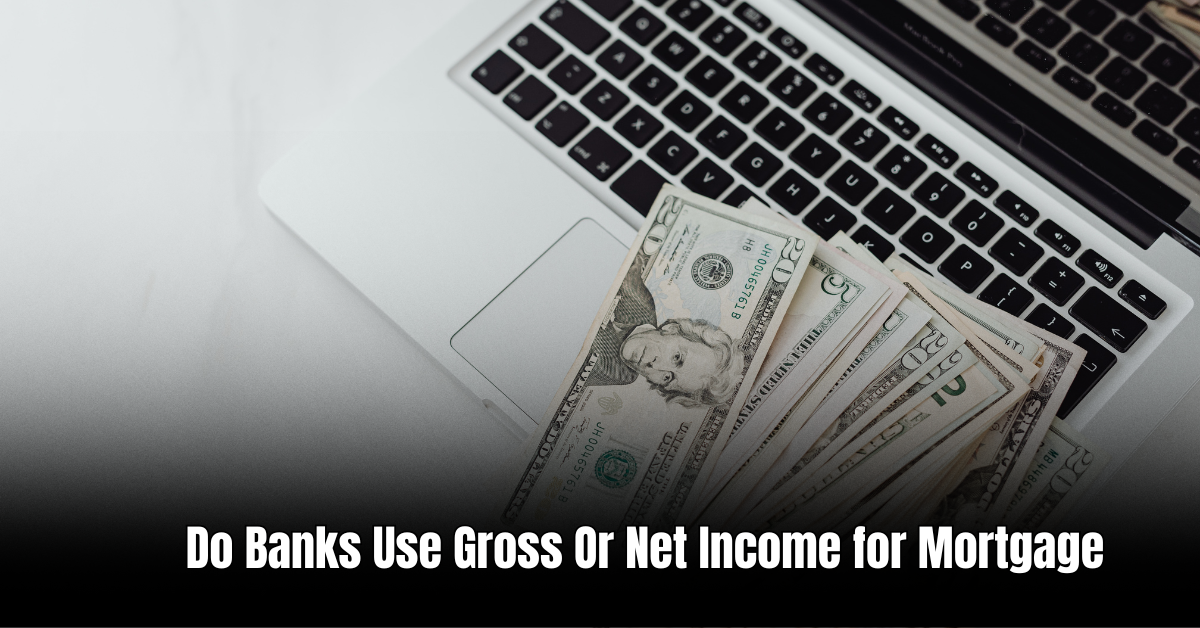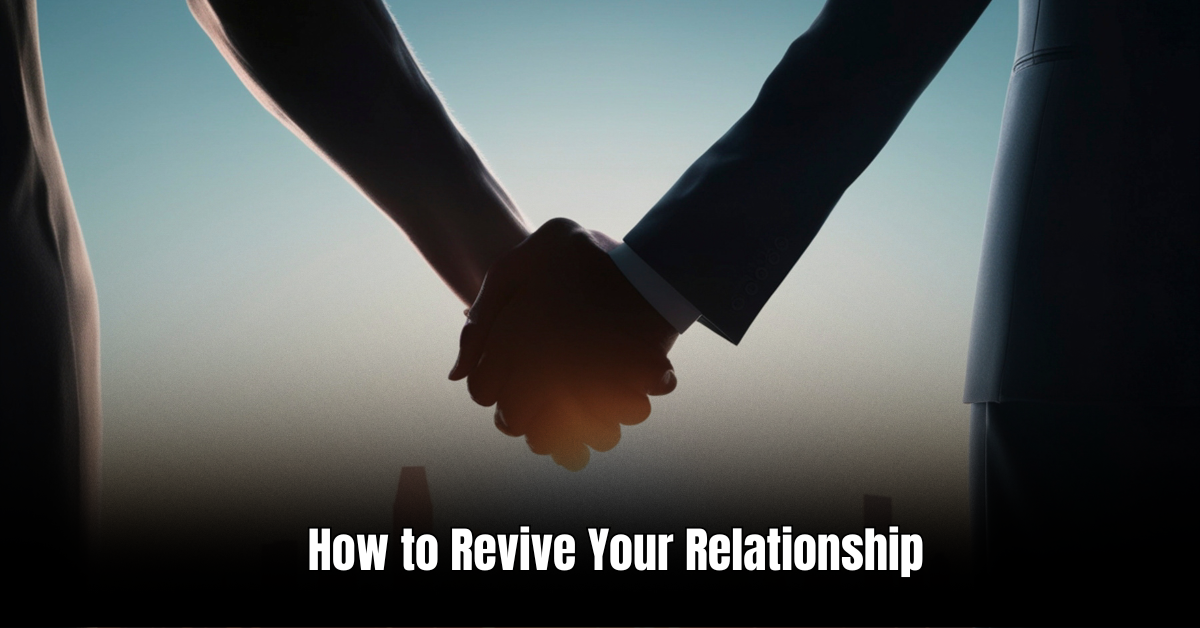Buying a house can be an exciting yet overwhelming process. And if you’re looking to purchase a house that has a reverse mortgage, there are some important factors to consider. In this article, we will guide you through the steps you need to take to successfully navigate the process and make an informed decision.
Understanding Reverse Mortgage
First, let’s take a moment to understand what a reverse mortgage is. A reverse mortgage is a type of home loan that allows homeowners who are 62 years or older to convert a portion of their home equity into cash. Instead of making monthly payments to the lender, the lender will make payments to the homeowner.
When you purchase a house with a reverse mortgage, you’re essentially buying a property from someone who has used a reverse mortgage to tap into their home equity. The reverse mortgage gets paid off, and you become the new owner of the property. Now, let’s dive into the steps involved in buying a house with a reverse mortgage.
Step 1: Research and Gather Information
Before starting the purchase process, it’s crucial to do your homework. Research different types of reverse mortgages and understand how they work. Explore the pros and cons of buying a house with a reverse mortgage, and familiarize yourself with the implications involved.
Additionally, gather information on the specific property you’re interested in. Understand the terms of the reverse mortgage on the house, including the outstanding balance, interest rate, and any other relevant details.
Step 2: Assess Your Finances
Buying a house is a big financial commitment, and it’s important to assess your own financial situation before proceeding. Evaluate your credit score, savings, income, and any other financial obligations you have.
Since the reverse mortgage will need to be paid off, you’ll need to ensure that you have the means to cover the costs. This includes not only the purchase price but also any fees and closing costs associated with the transaction.
Step 3: Consult with Professionals
Next, it’s beneficial to consult with professionals who specialize in reverse mortgages and real estate transactions. Reach out to a knowledgeable real estate agent, mortgage broker, or financial advisor who can provide guidance.
These professionals can help you understand the complexities of purchasing a house with a reverse mortgage. They can also assist in calculating the costs, negotiating the purchase price, and facilitating the overall process.
Step 4: Obtain a Purchase Contract
Once you’ve done your research and assessed your finances, it’s time to make an offer on the property. Work with your real estate agent to draft a purchase contract that takes into consideration the existing reverse mortgage.
The purchase contract should outline the terms of the sale, including the price being offered, any contingencies, and a plan for paying off the reverse mortgage. Your agent can help you negotiate with the seller to ensure that both parties are satisfied with the agreement.
Step 5: Secure Financing
After the purchase contract is accepted by the seller, you’ll need to secure financing to purchase the property. Since the reverse mortgage needs to be paid off, you may need to explore alternative financing options.
Contact lenders who specialize in reverse mortgage buyouts or consider obtaining a traditional mortgage to cover the purchase price. Work with your mortgage broker to determine the best financing solution for your specific circumstances.
Step 6: Complete the Purchase and Pay Off the Reverse Mortgage
Once all the necessary financing is in place, it’s time to complete the purchase. Close the transaction by signing all required documents and pay off the reverse mortgage balance using the proceeds from your new mortgage or other arranged funds.
Be sure to work with a title company or attorney to ensure that all legal requirements are met during the closing process. Once the reverse mortgage is paid off, the title will be transferred to your name, and you’ll officially become the new owner of the property.
Step 7: Maintain the Property
Finally, after you’ve completed the purchase, it’s important to remember that as a homeowner, you’ll be responsible for maintaining the property. Keep up with regular home maintenance tasks and address any repair issues promptly.
Additionally, continue to pay property taxes and homeowner’s insurance to avoid any potential consequences. As the owner, you have the opportunity to build equity in the home and potentially benefit from its value appreciation over time.
In Conclusion
Purchasing a house that has a reverse mortgage can be a complex process, but with the right knowledge and professional guidance, it can be done successfully. Remember to do your research, assess your finances, consult with professionals, and navigate each step carefully.
By following these steps, you’ll be well on your way to becoming the proud owner of a property that was previously under a reverse mortgage. Best of luck with your home purchase!
Frequently Asked Questions For How To Purchase A House That Has A Reverse Mortgage : Essential Tips For Buyers
Can I Purchase A House That Has A Reverse Mortgage?
Yes, you can purchase a house that has a reverse mortgage. However, there are certain guidelines and considerations to keep in mind.
What Is A Reverse Mortgage?
A reverse mortgage is a loan available to homeowners, where the lender pays the homeowner instead of the homeowner paying the lender. It allows seniors to access the equity in their homes without selling them.
How Does A Reverse Mortgage Affect The Purchasing Process?
When purchasing a house with a reverse mortgage, you need to understand the repayment requirements, such as paying off the existing reverse mortgage balance or using the sale proceeds to repay it.
Can Anyone Purchase A House With A Reverse Mortgage?
Yes, as long as you meet the eligibility criteria set by the lender and have the financial means to cover any outstanding reverse mortgage balance.
Ismail Hossain is the founder of Law Advised. He is an Divorce, Separation, marriage lawyer. Follow him.




Leave a Reply